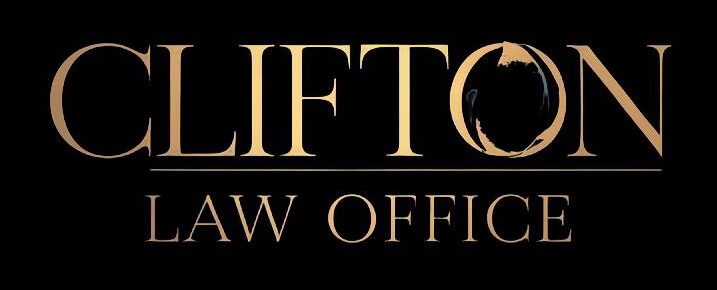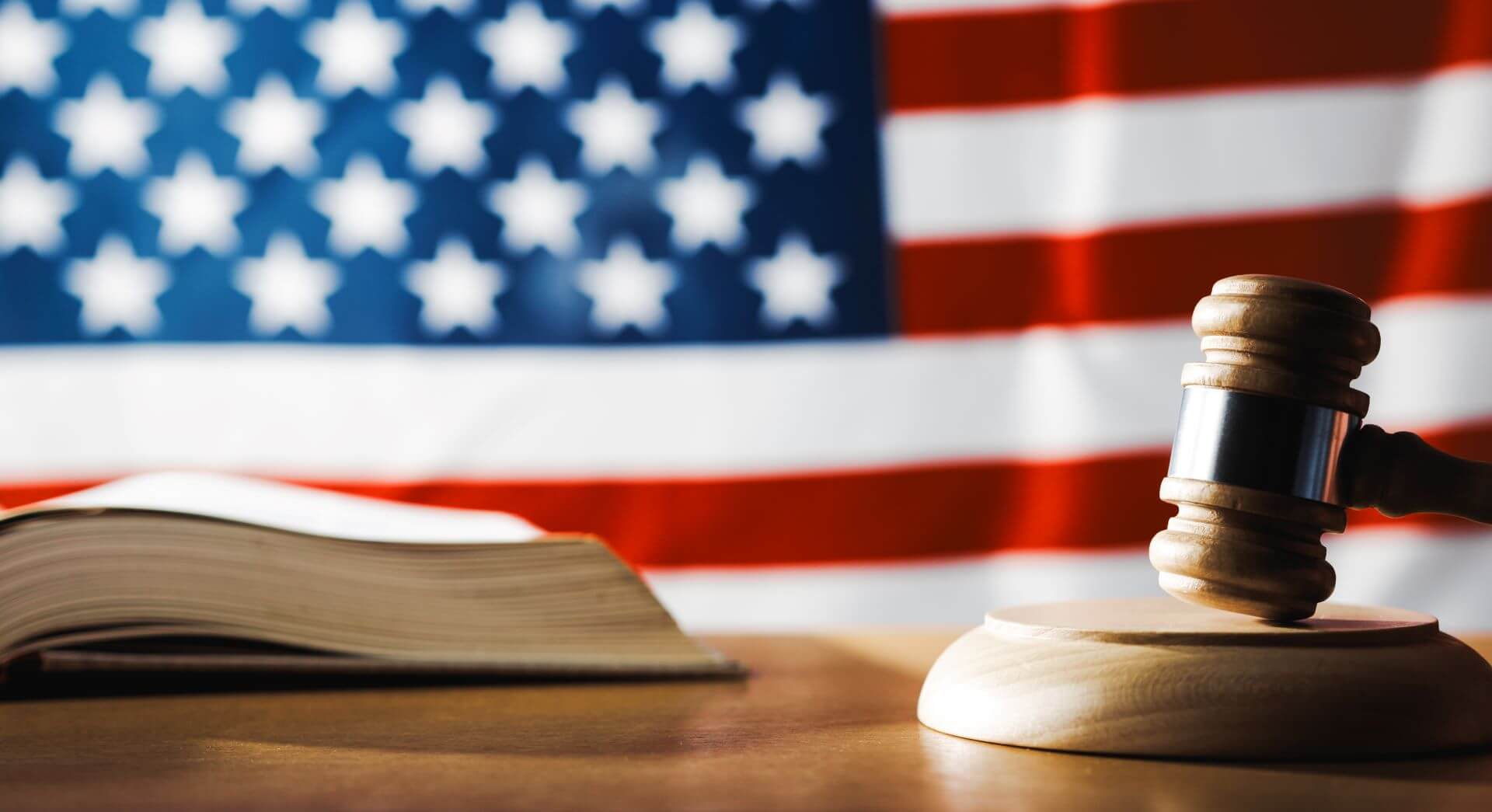A statute of limitations sets a maximum time after an event within which legal proceedings may be filed, varying by jurisdiction and claim type; in the U.S., most civil actions range from one to ten years, with two to three years being common. Its purpose is to promote justice by ensuring evidence remains fresh and providing certainty to potential defendants. Federal statutes (e.g., 4‑year limit for post‑enactment Acts of Congress) coexist with state laws, leading to a complex landscape that must be navigated carefully. Exceptions—such as “discovery rules,” tolling for minors, or fraudulent concealment—can extend or suspend deadlines. Practitioners should track applicable periods, identify triggering events, and consider contractual or statutory extensions to avoid waiver of claims.
1. Purpose and Policy Behind Statutes of Limitations
Statutes of limitations serve three main policy goals:
- Preserving Evidence: Over time, memories fade and documents may be lost, so deadlines ensure evidence remains reliable
- Legal Certainty: Defendants gain peace of mind after the limitations period expires, avoiding perpetual threat of litigation
- Efficiency: Courts are protected from stale claims, reducing docket congestion and encouraging timely resolution of disputes
2. Types and Timeframes of Civil Statutes
Civil statutes of limitations cover various claims, including:
- Personal Injury: Typically 1–6 years depending on state; e.g., Pennsylvania allows 2 years, while New York allows 3 years.
- Breach of Contract: Often 3–6 years; Uniform Commercial Code (UCC) sets 4 years for sale-of-goods claims.
- Fraud: Generally 2–6 years, with many jurisdictions applying a “discovery rule” where the clock starts when fraud is—or should have been—discovered.
- Defamation: Frequently 1–2 years, reflecting the need for swift resolution of reputational harms.
- Federal Causes of Action: Under 28 U.S.C. § 1658, civil actions arising under post‑1990 federal statutes must be filed within 4 years of accrual.
- Intellectual Property: For copyright claims, 17 U.S.C. § 507 prescribes a 3‑year limit from claim accrual.
3. Calculating the Triggering Event
Determining when the clock starts—known as accrual—can be straightforward or complex:
- Traditional Rule: Time begins upon the wrongful act or injury.
- Discovery Rule: In cases like latent injuries or fraud, accrual occurs when the plaintiff knew (or reasonably should have known) of the harm.
- Continuous Injury: For ongoing harms (e.g., environmental contamination), each day can restart the limitations period
4. State‑by‑State Variations
Each state enacts its own civil limitations periods, leading to significant variation:
- Chart Formats: Resources like Nolo’s state chart list timelines for personal injury, malpractice, contract disputes, and more across all 50 states and D.C.
- FindLaw Guides: FindLaw provides state‑specific articles detailing time limits for different civil actions, searchable by jurisdiction
- Uniform Acts: Some states adopt the Uniform Probate Code or Model Code of Judicial Conduct provisions that standardize certain deadlines, but disparities remain
5. Common Exceptions and Tolling Provisions
Statutes of limitations can be tolled (paused) or extended in special circumstances:
- Minority Tolling: If the plaintiff is a minor at the time of the cause of action, the clock may pause until reaching adulthood
- Insanity or Incarceration: Mental incapacity or imprisonment can suspend deadlines until incapacity ends
- Fraudulent Concealment: If a defendant actively hides the cause of action, limitations may be tolled until discovery
- Military Service: Under the Servicemembers Civil Relief Act, active-duty military personnel get extensions for certain civil filings.
6. Practical Tips for Litigants and Counsel
- Early Case Evaluation: Identify potential claims promptly and calendar deadlines based on accrual rules.
- Document Triggers: Maintain thorough records of dates when injuries occurred or were discovered.
- Contractual Extensions: Where possible, include tolling or extended limitation agreements in contracts.
- Venue Shopping: Beware that moving a case to a different jurisdiction may invoke a shorter local limitations period.
- Proactive Defense: Monitor for expiration of claims and file timely motions to dismiss barred actions.
7. Conclusion
Understanding and managing statutes of limitations is essential to preserving legal rights and defenses. Because deadlines vary by claim type and jurisdiction—and exceptions frequently apply—it is critical to consult experienced counsel early to avoid forfeiture of valuable claims or unintended exposure to stale liability.
Further Reading and Resources
- Wex, Statute of Limitations, Cornell LII
- Statute of Limitations for Civil Cases by State, Nolo
- State Statutes of Limitations, FindLaw
- 28 U.S.C. § 1658, Cornell LII
- Statute of Limitations, Wikipedia (U.S. section)


